Issue 1 Flipbook
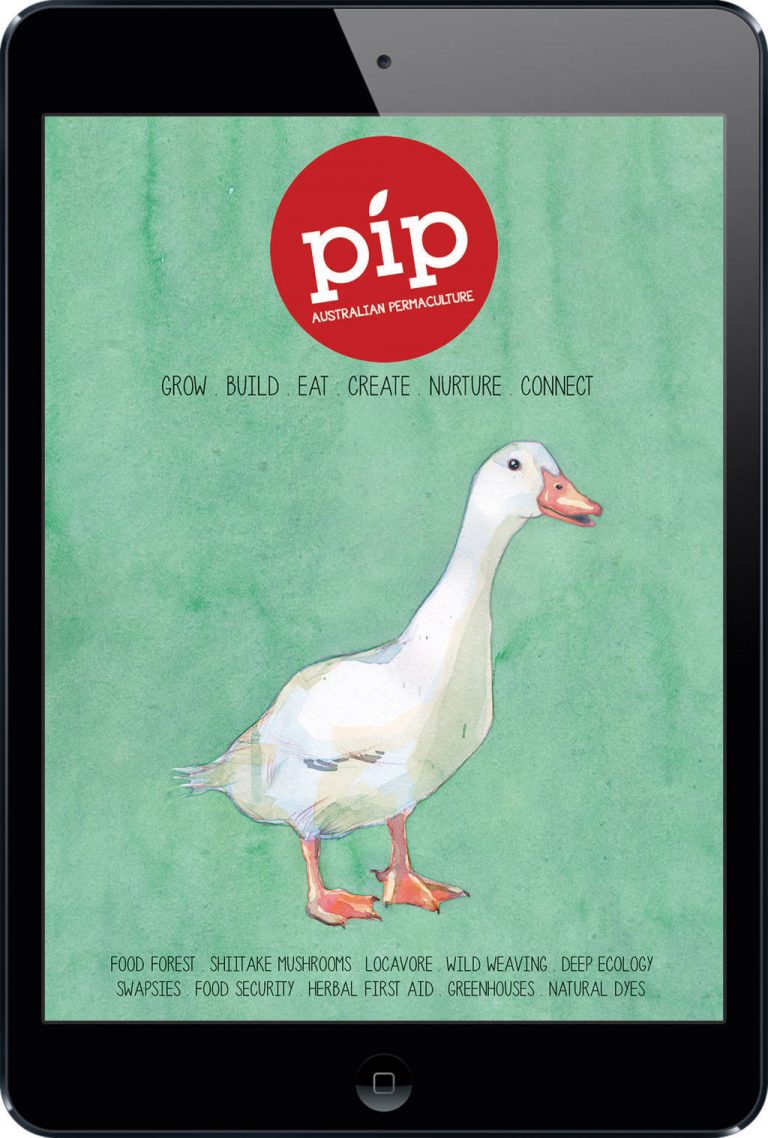
Read Issue 1 as a flipbook

Read Issue 1 as a flipbook
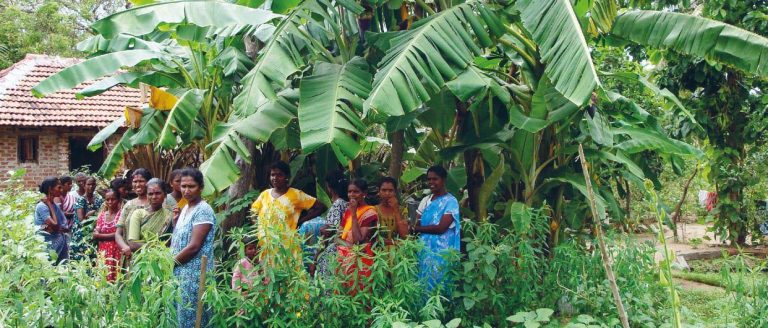
This year is International Year of the Family Farm, and two recent reports, from United Nations and European constituencies, make the case for a return of support for smallholder farmers.
The reports argue that an empowered population of smallholder farmers is a more direct route to alleviate poverty and restore depleted environments. They acknowledge that smallholder households are a huge human resource equipped with local knowledge which should be recognised for their contribution to food supply and local environmental management, and suggest that international aid needs to focus on helping smallholder farmers to improve their agriculture skills and water and land management.
Hunger and malnutrition are mainly related to lack of purchasing power and/or inability of rural poor to be self-sufficient. Meeting the food security challenge is thus primarily about empowerment of the poor … the world needs a paradigm shift in agricultural development from conventional, monoculture-based industrial production towards mosaics of sustainable, regenerative production systems … the fundamental transformation of agriculture may well turn out to be one of the biggest challenges of the 21st century.
UNCTD Trade and Environment Review 2013
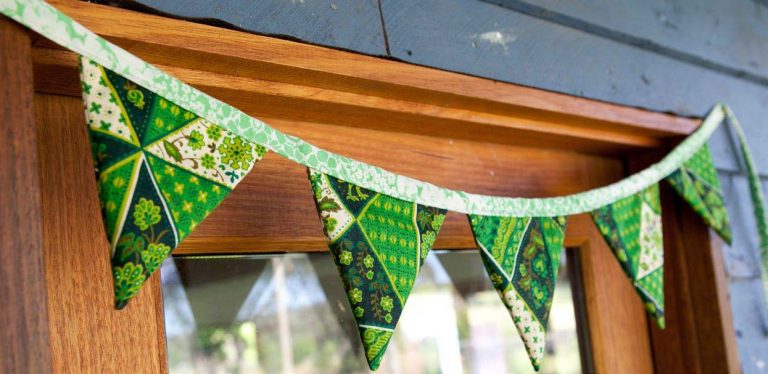
Decide what size and shape you’d like your flags.
Make a template, either from paper or fabric, and fold it in half. Lay the folded edge of your template onto the folded edge of the fabric you want to use. Pillowcases, scraps of fabric, old tea towels etc all work well for bunting flags! Cut out more flags, in pairs, according to your template.
When you have the desired number of flags, sew them together, right sides facing each other. Snip the fabric out from the tip of the triangle, so that when you turn them through the tips aren’t too bulky. Be careful not to snip any of your stitching!! Now carefully turn the flags inside out.
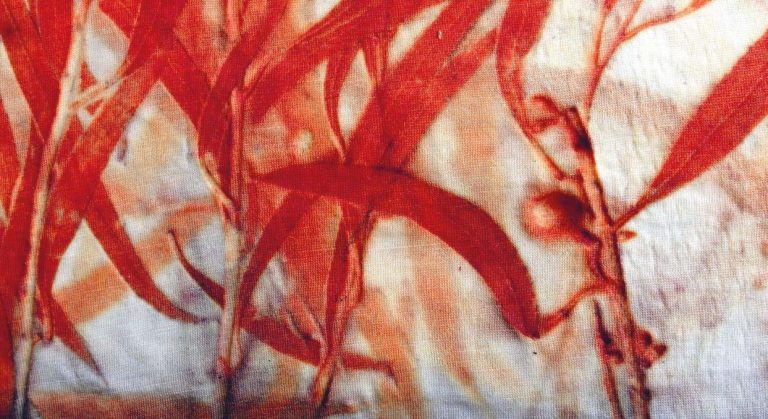
I’ve spent the last seven years wandering the world, teaching people from all walks of life how to use plants to dye cloth. I didn’t carry dye materials between countries because most plants yield some kind of colour and it’s better to investigate local species than import dyes, especially when producing some dyes may compromise their source environment. For example, logwood (Haematoxylum campechianum, a Mexican and Central American species) yields exquisite purple, blue, black and brown dyes; however, the heartwood is used and harvesting it kills the trees of this increasingly rare genus. The best dyes come from older trees and even if seedlings are planted to replace those that are felled, it takes at least 20 years for those to mature.
On the other hand, respectable shades of purple and black can be made by boiling the leaves of the Australian species Corymbia citriodora (lemon-scented gum) in an old iron pot. Boiling the leaves in a non-reactive pot, such as stainless steel or enamel, yields a lovely chocolate brown. It makes much more sense to me to use the leaves of a plant that is relatively common, and a good stiff breeze will deliver abundant dye material to the ground at your feet.
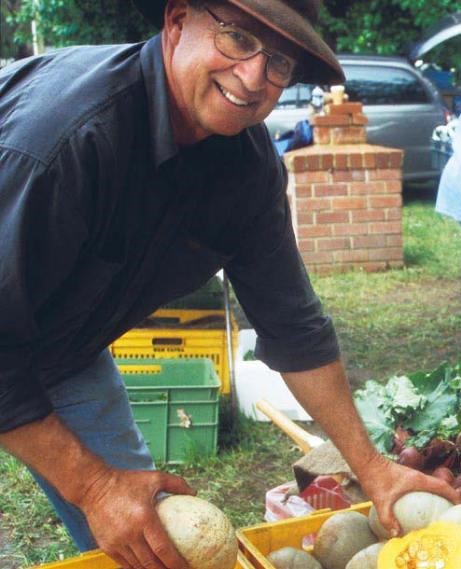
Permaculture is a design system for sustainable living and land use that is being applied to every aspect of life, but it is best known in its application to food production, at scales from the garden to the farm.
The focus on food in permaculture is not just an accident of history or publicity. The globalised food production/consumption chain is the greatest contributor to environmental impact, while food security remains the most critical issue in human wellbeing and social stability. Food security is a condition that ‘exists when all people, at all times, have physical and economic access to sufficient, safe and nutritious food to meet their dietary needs and food preferences for an active and healthy life’.1
Through the 20th century the industrial system increased agricultural productivity and capacity for processing, preservation and distribution, by accelerating direct and indirect use of fossil fuels and precious mineral reserves. In the process it has degraded soils and polluted waters globally.

What is permaculture? Is it gardening, is it chooks and composting, or as one concerned Japanese mother put it ‘angry people growing vegetables’? It must be something more. How did two plant lovers in Tasmania create something that grew so big?
It is nearly forty years since Bill Mollison and David Holmgren began piecing together the jigsaw puzzle that became the permaculture concept during the 1970s. Since then it has been practised by millions of people globally, and become a household name.
Permaculture (permanent agriculture) is the conscious design and maintenance of agriculturally productive ecosystems which have the diversity, stability, and resilience of natural ecosystems. It is the harmonious integration of landscape and people providing their food, energy, shelter, and other material and nonmaterial needs in a sustainable way.
– Bill Mollison
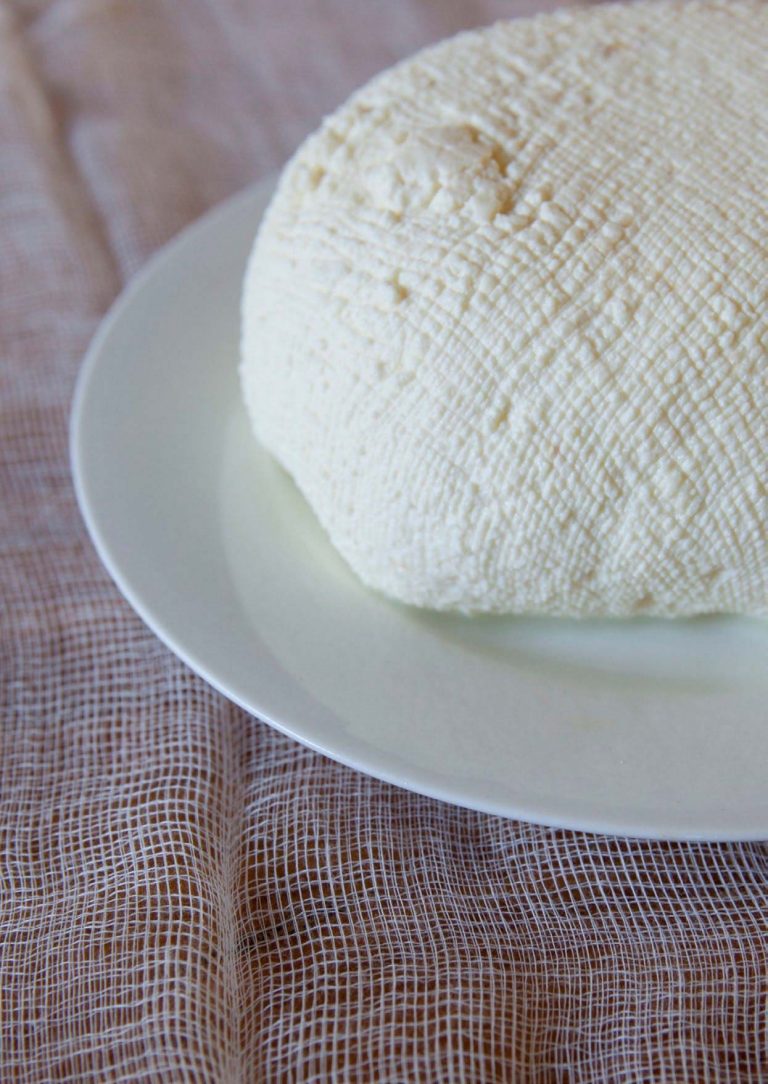
I could not believe how easy this is to make. Now I never buy ricotta, it just doesn’t compare to what I make at home. This is best made with whey (a by-product of cheese production) but failing that use full cream un-homogenised milk.
Ingredients
4 ltr milk or whey
50 ml white vinegar or lemon juice
Salt (optional)

Many wild plants are considered weeds in Australia, but their medicinal uses are powerful. They flourish in abundance, enabling people of all kinds to use simple and effective medicine while ‘weeding’ our landscapes.
Although the first written records of herbal medicine date back 5000 years, humans have coevolved with, and relied on, plants for food and medicine from the beginning.
There are many kinds of plant-based medicine used worldwide, including Chinese, Ayurvedic, Native American and Indigenous Australian. This article will focus on the plants of Europe and western herbal medicine.
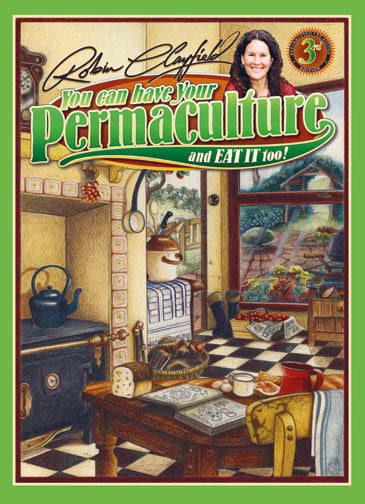
Robin Clayfield has just released the third edition of this book. The information is drawn from years of experience in gardening, cooking, design, research, teaching and creating. This is a tome of information, covering everything from permaculture principles and ethics, through hands-on practical gardening advice, to everything you need to know about cooking and catering. Whether you’re after a legume crop species list, a chook poo tea recipe for the garden, a menu for a crowd of twenty for a week, or how to make an oatmeal face scrub, you’ll find it all in here.
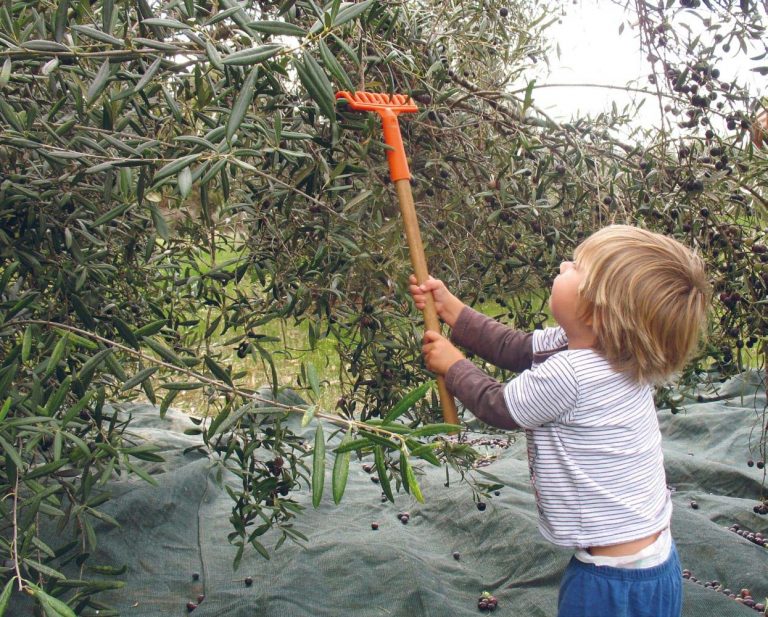
I think that if any of the readers of this magazine were asked if they ate local food most would say ‘yes, I shop at the local farmers’ market, grow my own vegies, swap with friends and support local businesses’. I would have said the same a year ago, but I decided to put my ‘eat localness’ to the test and to eat only local food for a month. I set myself a few stringent guidelines:
eat only food produced here on the farm or traded with local growers
cook using only the wood stove and wood I have collected locally
no other fuel use – no car for the month!
It was our month off, so instead of going on holiday we stayed at home and lived off the land. I say ‘we’, for although my partner Do had the good sense to draw the line at giving up that morning coffee, we were in this together.